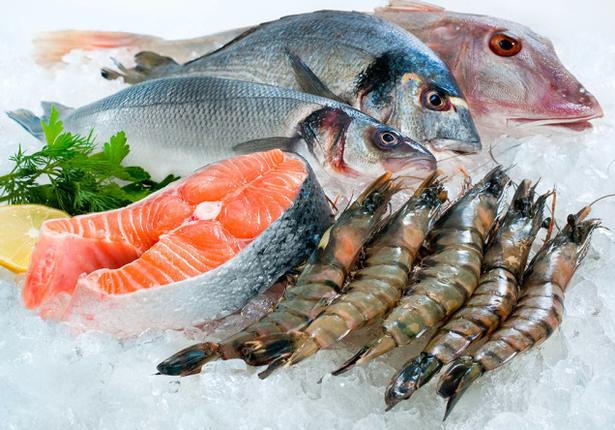Pakistan’s seafood exports reached a record-high volume during the fiscal year 2024–25, totaling 216,350 metric tons, but still fell short of the long-awaited $500 million target.
The total value of exports for the year amounted to $465.4 million, marking an 11.44 percent increase over the previous year, according to market players.
While the industry showed remarkable growth in terms of quantity, the financial return did not meet expectations, indicating a mismatch between volume and value. Official data from the Federal Bureau of Statistics revealed the discrepancy, highlighting a challenge for the sector despite its record volume.
The once-dominant shrimp industry has faced a significant decline in landings over the last two decades, shifting the focus of Pakistan’s seafood exports to cuttlefish, squid, and octopus. Studies by the Marine Fisheries Department and the UN’s Food and Agriculture Organization have pointed to the depletion of fish stocks in Pakistani waters, signaling the need for urgent reforms in fisheries management.
To overcome this, experts have called for strategic reforms and the establishment of more processing plants to cater to international markets. They emphasized the importance of engaging key international stakeholders such as the European Commission, Saudi Arabia, and the United States to facilitate inspections and approvals for these plants.
Muhammad Moazzam Khan, former Director General of the Marine Fisheries Department, acknowledged the growth but pointed out the persistent challenge of surpassing the $500 million mark. He highlighted the government’s efforts, including cluster-based shrimp farming projects in Sindh and Balochistan, technical cooperation with Iran for shrimp hatchery development, and bans on using trash fish for fishmeal production, as potential solutions to boost exports.
While Pakistan’s seafood sector has fluctuated over the years, it has shown significant growth since 2001. Export volumes and values have varied, but the latest figures show a healthy rebound, with exports of 216,350 metric tons in FY25, worth $465.4 million.
Although the average unit price of seafood in 2024–25 decreased slightly to $2.15 per kg compared to earlier peaks, the sector remains competitive on the global stage.




